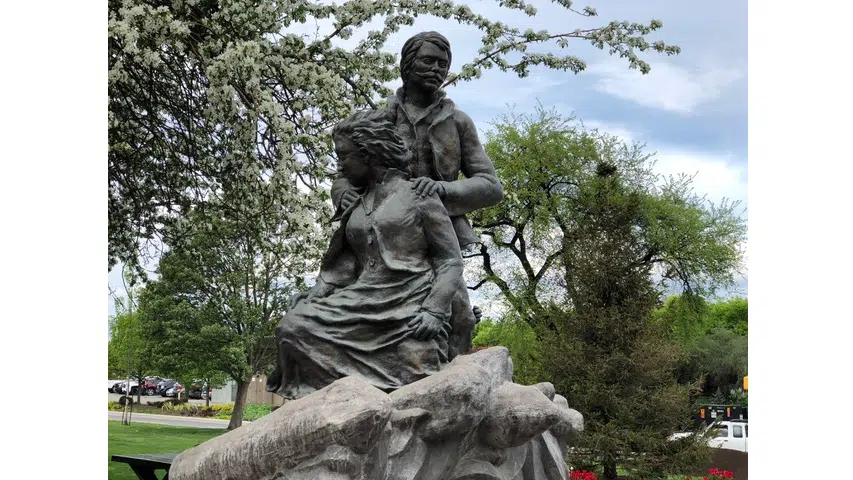
City’s newest public art piece should have good wheels
I CAN HARDLY WAIT for the unveiling of our next major piece of public art, a monument to the volunteers of the 2017 wildfires.
Public art in Kamloops is always like opening a box of Cracker Jacks — we never know what to expect.
I hope it’s something weird and unrecognizable. Those of you who recall my past rantings about public art will think I’ve lost it but bear with me.
We think of statues as written in stone, which sometimes they are, but we have no way of knowing what future or even present generations will do with them, so we have to be careful.


